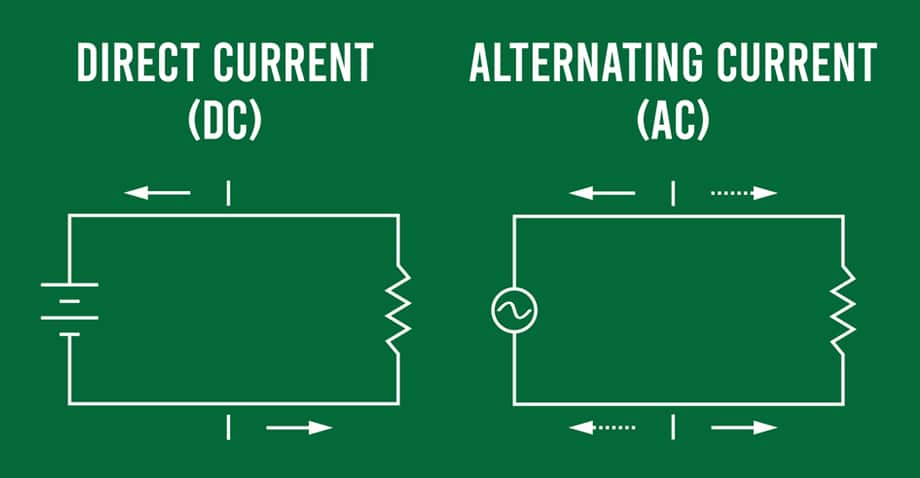technical description
The Bright Future: Incandescent Light Bulb
Problem:
Unable to create a light bulb which was both long-lasting and cheap to create.
Solution:
Thomas Edison managed to invent a light bulb that was inexpensive and practical, making it ideal for commercial use. He realized carbonized bamboo filament was able to burn for over 1,200 hours

KeyWords:
Voltage: The pressure from an electrical circuit’s power source that pushes charged electrons (current) through a conducting loop,
Alternating current: a type of electrical current, in which the direction of the flow of electrons switches back and forth at regular intervals or cycles
Direct current: an electric current that is unidirectional, so the flow of charge is always in the same direction.
Filament:The thin wire in an electric bulb that produces light

Disadvantages:
➨It is energy inefficient.
➨It has very short lamp life time i.e. about 1000 hours typically.
➨It has higher operating cost.
➨It is very fragile and hence needs to be handled very carefully.
➨It generates low lumen per watt. Ordinary incandescent bulbs produce about 5 to 20 lumens per watt. This means it has lower efficacy.
Advantages:
➨It is less expensive due to lower initial cost.
➨It is easier to dim with rheostats.
➨It produces warmer color compared to fluorescent and tungsten-halogen lamps.
➨It generates relatively high light output.
➨It can be dimmed or controlled.
➨It is easy to install.
➨It is available in various shapes, sizes and applications.
➨It can be switched ON immediately.
Fun Fact:
-
The world’s longest lasting light bulb has been used for over a century
-
The process of inventing the lightbulb did not start with Edison
-
The human brain runs on a fifth of the wattage of a standard lightbulb
Incandescent light bulbs can affect concentration
History
In 1802, Humphry Davy invented the first electric light. He experimented with electricity and invented an electric battery. When he connected wires to his battery and a piece of carbon, the carbon glowed, producing light. His invention was known as the Electric Arc lamp. It produced light, it didn’t produce it for long and was much too bright for practical use.e next seven decades, other inventors also created “light bulbs” but no designs emerged for commercial application. In 1840, Warren de la Rue, a British scientist, enclosed a coiled platinum filament in a vacuum tube and passed an electric current through it. The design was based on a high melting point of platinum that would allow it to operate at high temperatures and the evacuated chamber contains fewer gas molecules to react with the platinum, improving its longevity. An efficient design, the cost of platinum made it impractical for commercial production. In 1850, Joseph Wilson Swan, an English physicist, created a “light bulb” by enclosing carbonized paper filaments in an evacuated glass bulb. But the lack of a good vacuum and an adequate supply of electricity resulted in a bulb whose lifetime was shorter to be considered an
effective producer of light. In 1878, Swan developed a longer lasting light bulb using a treated cotton thread that also removed the problem of early bulb blackening.
On July 24, 1874, Woodward and Evans attempted to commercialize their lamp, but were unsuccessful. They eventually sold their patent to Edison in 1879. In 1878, Thomas Edison began serious research into developing a practical incandescent lamp and on October 14, 1878, Edison filed his first patent application for “Improvement In Electric Lights”.
However, he continued to test several types of material for metal filaments to improve upon his original design. On Nov 4, 1879, he file’’d another U.S. patent for an electric lamp using “a carbon filament or strip coiled and connected … to platina contact wires.” Although the patent described several ways of creating the carbon filament including using “cotton and linen thread, wood splints, papers coiled in various ways,” it was not until several months after the patent was granted that Edison and his team discovered that a carbonized bamboo filament could last over 1200 hours.This discovery marked the beginning of commercially manufactured light bulbs and in 1880, Thomas Edison’s company, Edison Electric Light Company began marketing its new product.
The Future of the Light Bulb
Incandescent light bulbs give incentives to future generations to create eco-friendly light bulbs. Such as, LED bulbs that cost
less, consume less energy, last longer and illuminate your home even more
References:
LUNAU, KATE. “The incandescent light bulb.”Maclean’s, 00249262, 1/6/2013, Vol. 126, Issue 51/52
Matulka, Rebecca. “The History of the Light Bulb.” Twinkl.Com, Nov. 2013, https://www.energy.gov/articles/history-light-bulb
Wroe, Ann. Economist. 11/27/2010 World 2011, p166-166. 1p. 1 Black and White Photograph. , Database: Academic Search Complete
BY: Kimberly Chicaiza



